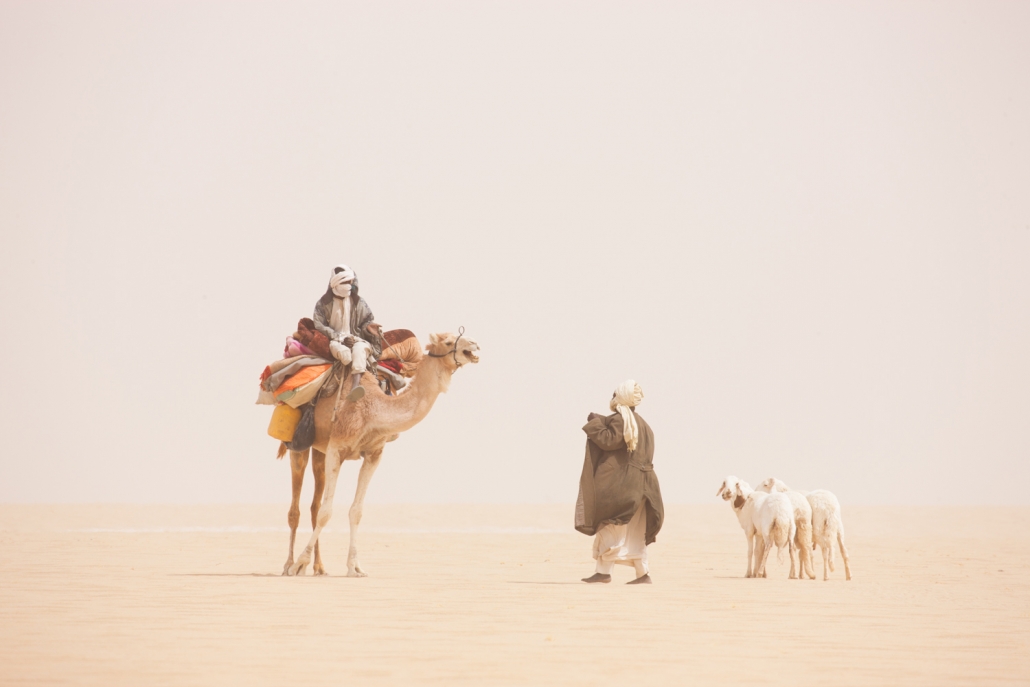What is Fine Art Photography?
Per definition Fine Art Photography is photography created in line with the vision of the photographer as artist, using photography as a medium for creative expression. The goal of fine-art photography is to express an idea, a message, or an emotion. This stands in contrast to representational photography, such as photojournalism, which provides a documentary visual account of specific subjects and events, literally representing objective reality rather than the subjective intent of the photographer; and commercial photography, the primary focus of which is to advertise products, or services the material which the photograph is mounted to.
It says “…using photography as a medium for creative expression”. According to this statement many of the so-called fine art photographers unfortunately should not use this title as they are copying other people’s work which has nothing in common with creativity. A good example is the famous maple tree in Portland’s Japanese Garden which has been the main draw of buyers for a number of these photographers and is the eye-catcher on many homepages. Buyers are being lured with the term “limited editions” of the same subject offered by many photographers. Is this still Limited Fine Art Photography? It is neither limited nor fine art. If you as a buyer are interested in these copied images you should know that you are buying a regular print and definitely not limited fine art. Furthermore this maple tree image can be purchased as a cheap unlimited print from one of these mass producing online art stores. So why bother spending all this money on something that is neither limited nor fine art?
Another aspect of modern so-called fine art photography is over-saturation. The more intense the color the better the prints seem to sell. It is like wrapping a cheap present in colorful paper.
Studying the current photography art print market I also noticed that many sellers (photographers) put more value on advertising the high quality of their chosen printing material and framing rather than on their unique exclusive piece of art that nobody else has to offer.
Ansel Adams once stated, “Art implies control of reality, for reality itself possesses no sense of the aesthetic. Photography becomes art when certain controls are applied.” What exactly does this mean? Here, Adams taps into how artists have historically manipulated reality as a means to an end. However I strongly disagree with his statement: “...for reality itself possesses no sense of aesthetic”. I have witnessed many scenes that were so aesthetically beautiful that all you needed was to frame it properly and click the shutter without doing any post production tricks.
I took the image above in Chad’s Sahara desert during a fierce sandstorm in March 2019. This is one of my all time favorite images captured under very unusual conditions. A one time event, not staged, natural, authentic! A man on a camel and a man walking with goats meeting for a brief chat in the middle of nowhere while the air was saturated with blowing sand.
Theo Allofs
You also might be interested in the blog “From Analog to Digital Photography”



Leave a Reply
Want to join the discussion?Feel free to contribute!